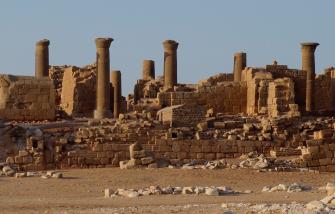The tours of Discover Sudan! take you to the north of the country i.e. roughly the area between Khartoum and the Egyptian border. Our itineraries follow the lifeline of the Nile, but we also venture into the vast savannah and desert areas east and west of it.
Our itineraries include all major archaeological sites in Sudan, but we also head for many rarely visited places.
Moreover, we visit several sights in eastern Sudan, primarily in combination with diving add-ons.






























